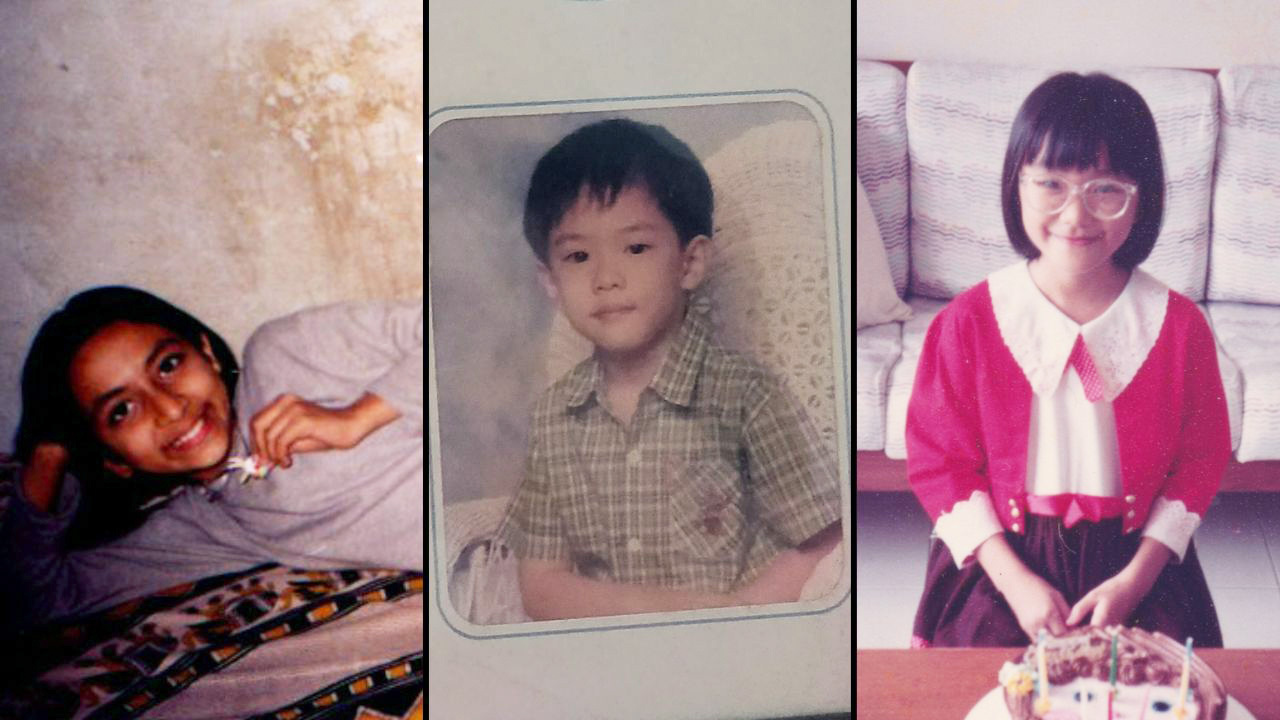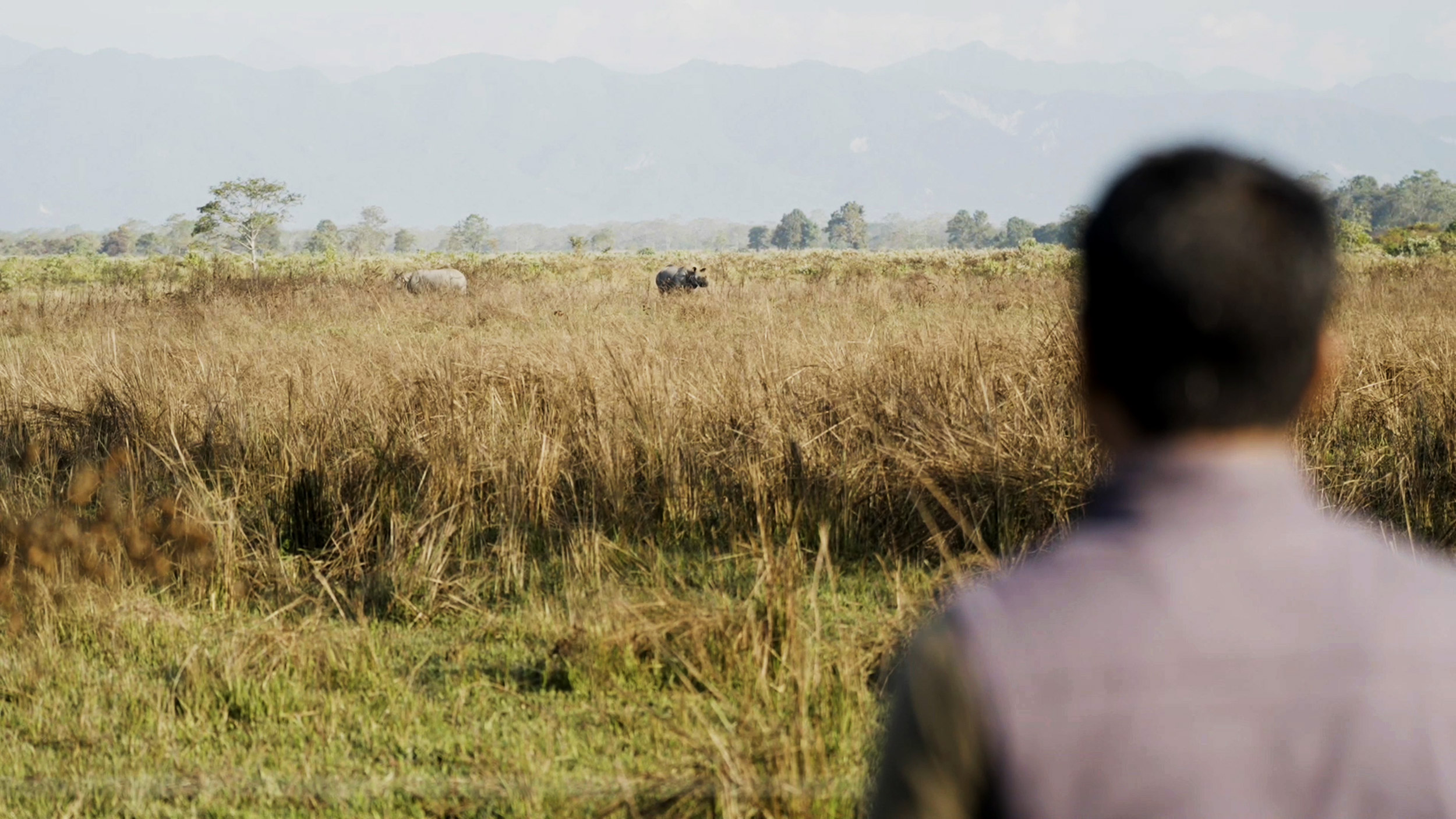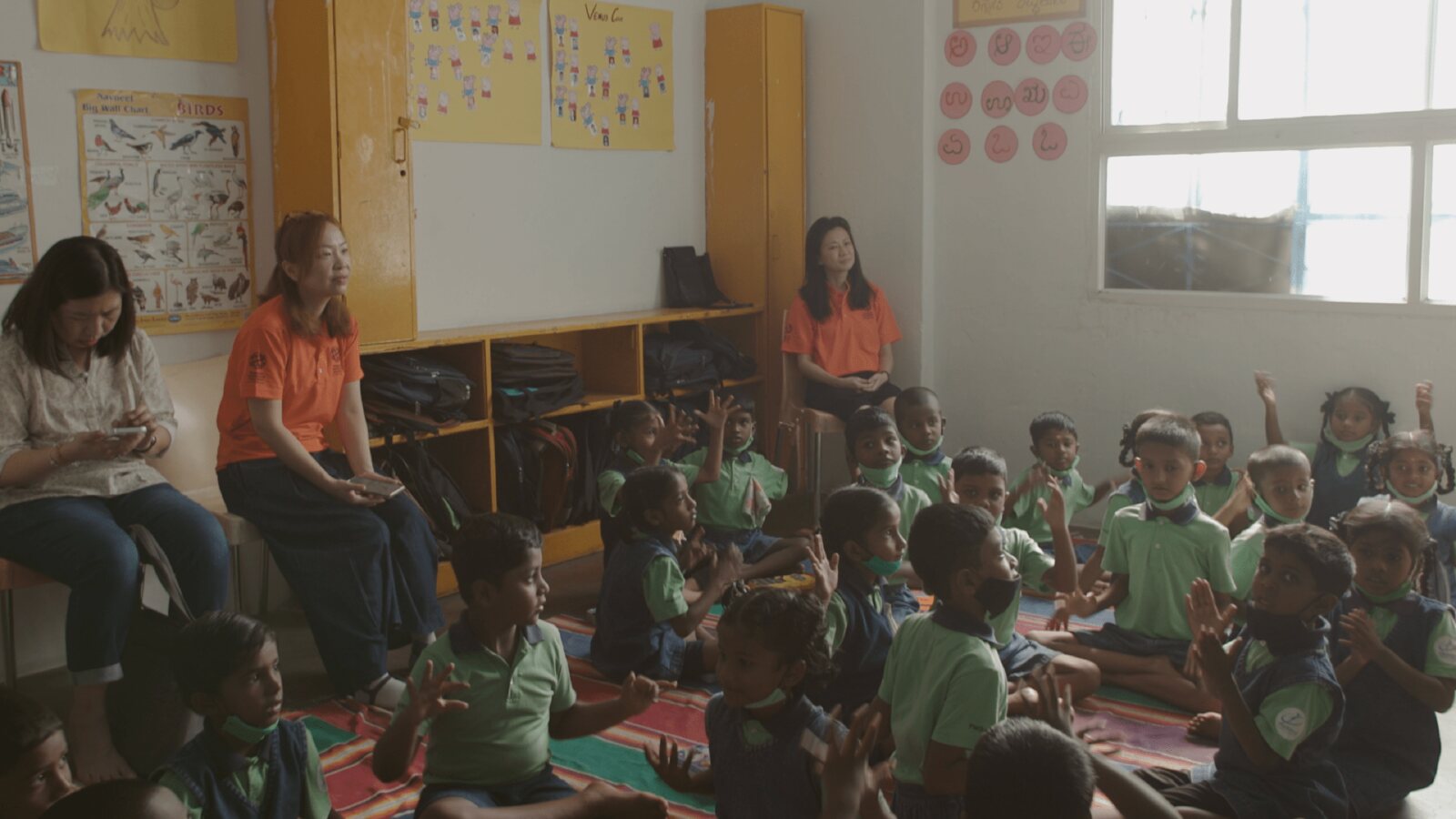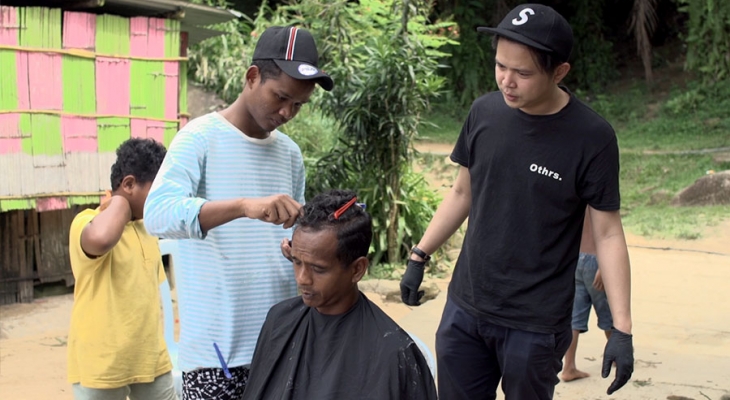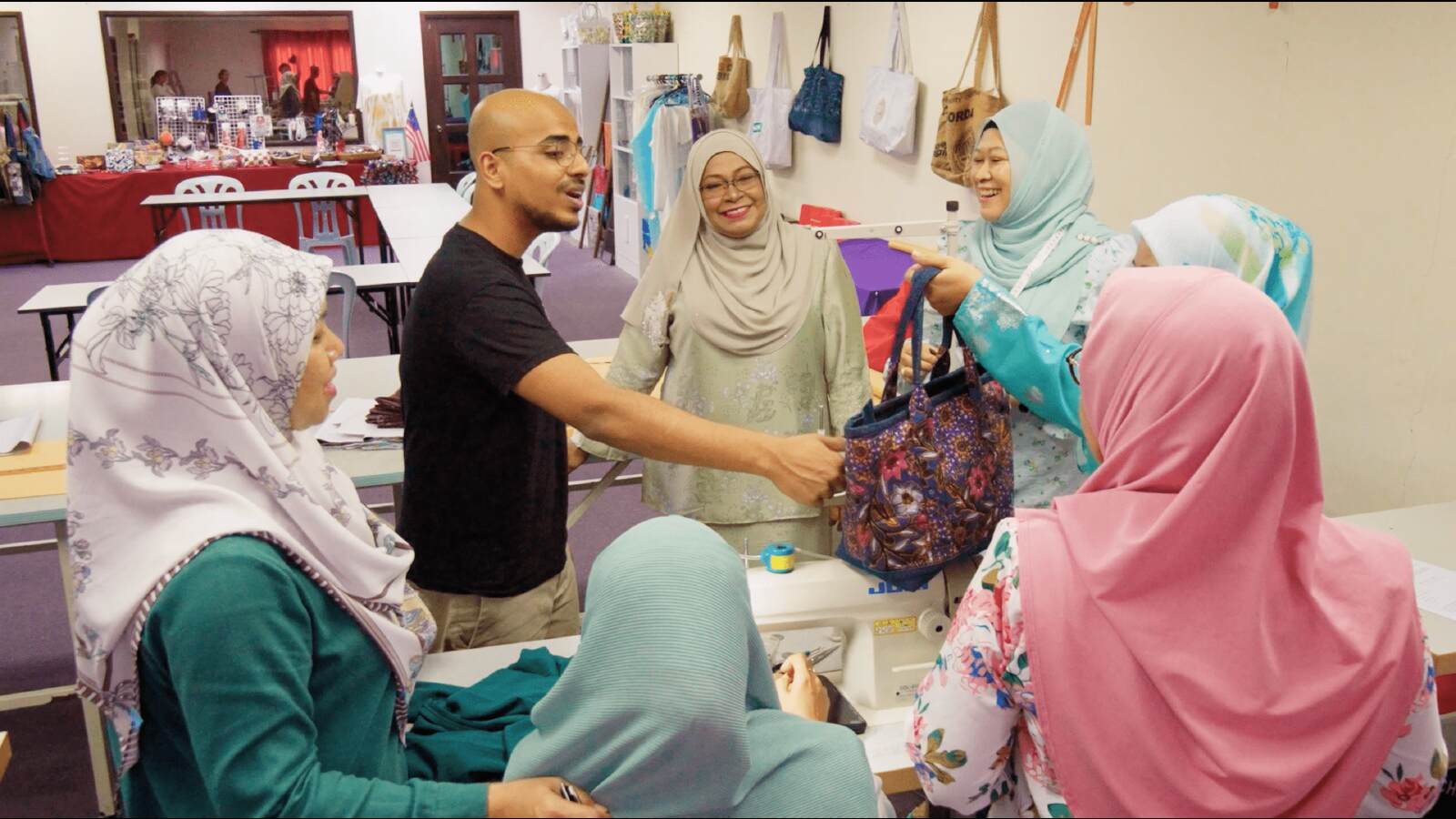Your ‘No Big Deal’ Gesture Can Save a Life
I always thought that people who donated something in the hopes of saving the life of a stranger would bask in praise and recognition.
But I was surprised to learn that it's often not the case.
"Sure, I know I've done something good," some donors say. But really it was "no big deal, and my life quickly went back to normal".
This humble attitude speaks volumes about the world of bone marrow donation.
It's full of surprises, myths that need busting and glimpses into the best parts of us.
Here are some examples:
Signing up
There are registries across the world that recruit volunteer bone marrow donors. In Singapore, the organisation is called the Bone Marrow Donor Programme. The countries share their databases with each other, not because it's law, but because of a shared understanding that borders and boundaries don't matter when it's about saving a person's life.
Matching
Potential matches will share key genetic traits. But they're more likely to be strangers than from the same family. Their racial makeup, however, will be very similar.
Indian and Malay patients are among those who have a much harder time finding a match, because not enough people from these communities have registered as willing donors.
Donating
The preferred bone marrow donation method is actually like donating blood. You get boosters to stimulate your body to produce more marrow, which then spills into the bloodstream. The marrow or blood stem cells from the blood are then extracted before the remainder of the blood is immediately returned to you.
You don't have to go under general anesthesia, it's quick and most donors describe it as just uncomfortable. It's not painful. Plus, you get biscuits and tea at the end. Really, it's that simple.
In Wilson's case, as seen in the video, he chose the even faster, but less popular method of having bone marrow extracted under general anaesthesia.
Recovering
Bone marrow regenerates, and after a few weeks everything is back to normal and it's like nothing happened. Except that you'll know in your heart that you did something good.
In fact, it's more than just a good deed. It is the willingness to step into a life or death situation.
It is acknowledging that as humans, we're all connected in some way.
A bone marrow transplant is a patient's last hope. It means he has exhausted all other options and has only months to live.
Typically, a patient has only a 1 in 20,000 chance of finding a match. The more people who sign up as willing donors, the higher his chances of finding a match.
You could be that one.
Singapore's Bone Marrow Donor Programme is part of a global registry of bone marrow donors. Sign up to be a donor here or look up your country's registry here.



